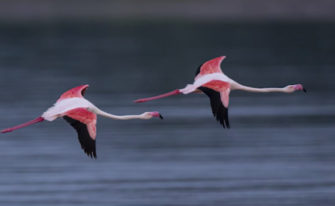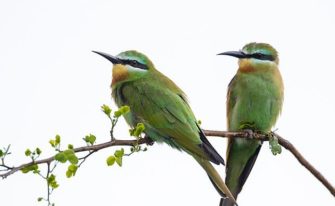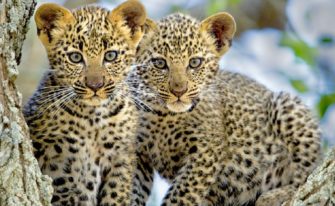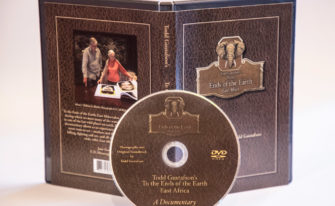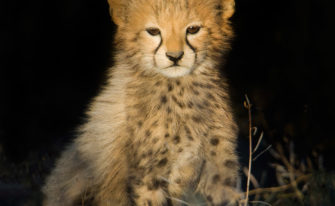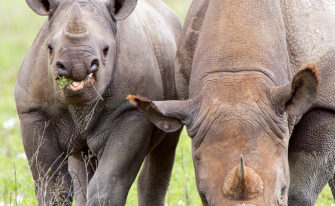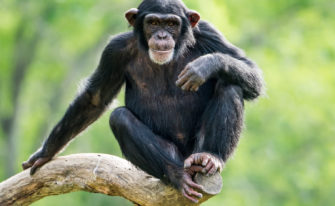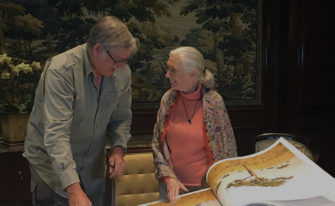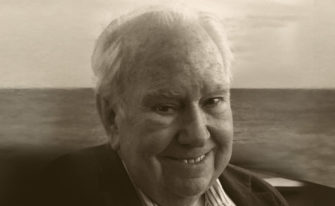Undertaking Conservation Photography At The Highest Level
Many of us are inspired to use our photographic images to help conserve the animals and habitats that we admire and wish to see protected for our children and our children’s children. How sad it would be if the next generation grew up in a world where there were no elephants on the plains of Africa, no tigers in the forests of India or polar bears on the Arctic ice. The global challenges are difficult and you feel so insignificant – it is not easy to see what you can do as one individual. One thing we would all like to do is to take a photograph or a portfolio of photographs that capture the essence of an animal and the imagination of the public or policymakers to have a positive outcome for conservation. But, in reality, what has been the impact of your photographs? Are the decision makers and funders responding directly because your photograph has caught the imagination of the public? In all honesty – unlikely.
Conservation Photography
If we look at the world of photography where are the photographic projects that seem to be having an impact in the conservation world? The charity book series on” Remembering Wildlife” is one fine example. Through the Born Free Foundation, a group of conservations persuaded a number of eminent wildlife photographers to donate images to a book on elephant photographs called “Remembering Elephants”. They used a Kickstarter fund to raise money for elephant protection and raised more than $180,000 all of which has gone to help Elephant protection. The first edition of the book is sold out but they now have a second edition being printed. They then expanded this to produce the book “Remembering Rhinos” and have raised more than $200,000 for Rhino protection in India, Africa, Java and Sumatra. They have now launched “Remembering Great Apes”
One of the photographers in all three “Remembering” editions is Todd Gustafson who has recently launched his own novel, multi-media approach to conservation photography called “To the Ends of the Earth”. He is bringing together photography, videos, music and more in a series of films and performances that are going to be shown on TV and is at such a high level of perfection and quality that heads will turn. Money is being raised and conservation awareness has increased. I think of Todd as a photographer first and a leader of photo safaris second. He is also a jazz trumpet player and composer who undertakes remarkable projects at multiple levels of complexity – and he does every one of them to a breath-taking level of perfection. Todd is a truly remarkable person, a polymath with a great artistic streak and a way of seeing the beauty in life and nature. He sees a scene – maybe a zebra coming to a waterhole, a leopard stalking her prey or a cheetah in full chase – and he hears music in his head. He knows the image that will capture the artistic beauty, the video clip that will make your heart stop, and the music that goes with it. Not only does his brain operate simultaneously in natural history, music, and art mode but he also uses his hands to build and shape his vision. If the best equipment or paper is not available he builds it from the bottom up. If you have ever read the book “Zen and the Art of Motorcycle Maintenance” then you will understand the mindset of Todd and his “Zen and the art of wildlife photography”. I honestly think if he were born a 100 years earlier he would have been grinding his own photographic lenses.
The Road to Conservation Photography
Todd was brought up in East Africa when his father took his family from the USA to become a Lutheran Missionary and build a secondary school in Tanzania. His father was a very busy man but he took the opportunity to look at the wildlife and understand the biology of the spectacular wildlife of Africa. One thing followed another and quite soon his father had gone from being the person who built the school to becoming the headmaster that ran it. He didn’t have much time but he took his family and squeezed in a couple of wonderful safaris, taking the young Todd and his siblings into the depths of the Ngorongoro crater for their first real experiences of elephants and lions. His father bought a camera and took a series of inspirational black and white photographs, which I suspect shaped the way the young Todd saw and appreciated the natural world. Todd returned to the USA and became a professional trumpet player, performing with many incredible and famous bands; in particular, Louis Bellson, Clark Terry, and the Temptations. This was no easy job and he was on the road for 120 days a year going from one gig to the next. Todd is a dedicated musician and continues to write music, play live music, and produce albums.
Life as a musician was tough although his wonderful wife Julie “is the is the wind under his wings” who has an eye for seeing the opportunities and challenges in life and acts as a guiding hand in Todd’s creative projects. Quite rightly, she urged Todd to take her to Africa to show her where he had been brought up and the life he had led. He was inspired, so they took his parents and went back to Africa to his original haunts and to visit some game parks. He bought a cheap camera before he went and took many photos and believed he had a nice portfolio when disaster struck. When he sent the film off for processing they were all lost in the post and he never got a single image back. Initially, Todd was devastated but Julie stepped in and said – “well we will just have to go back and try harder”. He did precisely that, bought a new camera with better lenses, improved his photographic techniques, and captured some stunning panoramic images, many of which are on permanent display in the Smithsonian, Houses of Parliament, and other auspicious venues. His images were used as signage for The Lincoln Park Zoo and started appearing in books and magazines. At this stage, he was already having an impact as a conservation photographer by reaching out to the larger public and influencing decision makers.
Within two years of taking his first photograph, Todd had become a professional. He started by taking some stock photographs for magazines when he realized that others wanted to come on his trips with him, so he began taking guests along on his safaris. He has a gift for education – he is not interested in teaching the technical details of how the camera works but he has an eye for seeing the potential event and he is inspired to produce photographs that tell a story and will provide inspiration to others. He knows when the event is going to take place and lines his guests up to get the killer shot. He will drive up to a group of zebras one day and say to the driver ”keep going” knowing that the zebras are going to keep their heads down and just carry on grazing. The next day with the same animals, he may well pull up in a location where his clients will experience an interesting stalk by a lion or a mass entrance of the zebras into the water. This innate ability to know what the animal is going to do next is special.
The project: To the Ends of the Earth
Todd’s new project is one of the most exciting conservation photography events there has ever been. He and award-winning St. Louis-based photographer/artist William Mathis have produced the most spectacular series of very high-quality books based on Todd’s photographs. These books will be featured in a new Public Television series of films in which he and his son, Anders, have done much of the filming. He has written the music and plays several of the instruments in the documentary. What’s more, he is giving a significant amount of the proceeds to a number of leading conservation charities in an effort to improve the conservation of habitats and species all over the world.
The charities with which Todd is affiliated tell you how keen he is to see monetary contributions have an impact. The whole project is closely aligned with Jane Goodall’s Roots and Shoots program that strives to make the world a better place by showing the youth and decision makers of tomorrow how to think about making the world a better place. Project Tiger, an Indian government program, seeks to help Indian states conserve tiger habitat. The Rain Forest Corridor Expansion in Costa Rica and the Oceans Foundation seek to turn your support into active conservation projects in the ocean. All of these are doing fantastic work to help save the whole planet for our children and by specifically conserving habitat and improving species protection.
The underlying motivation behind this project is to actively help conserve and protect wildlife and their habitats and, at the same time, to allow everyone to experience the wonders of a wildlife safari in East Africa ….and who better to show you this than Todd? He shows us the day-to-day lives of animals, such as the birth of a gazelle to its untimely death in the jaws of a cheetah. We see the struggles that animals must face while seeking food, seeking mates, giving birth, and interacting with other species. The themes parallel what Todd calls the “Human Condition” – what we as humans have to face on a day-to-day basis and how we can be more connected to the natural world.
Handmade by William Mathis and Monograph Publishing, the books are phenomenal – they are 20”x20” books (50cm x 50cm) bound in leather on the most exquisite handmade paper. Going out and finding a publisher that could produce books of such quality is almost impossible so Todd took the job to William. They needed paper that was acid-free, archival, could be printed on both sides and the paper grain needed to flow in a direction to give the maximum strength at the fold. The paper had to be in a roll so they could accommodate a number of 80 inch (200 cm) panoramic photographs that fold out from the center of the book. That’s right – single images 80 inches wide by 20 inches tall (200×50 cm) in a book format! He was inspired by the original book by James Audubon on the “Birds of America” which has 428 engravings of 39”x 26” (99cm x 66cm) and produced back in 1828. Indeed, Todd and William worked with paper mills to find a paper that matched the color and texture of these famous tomes. The next problem was consistently printing large photographs straight – apparently modern printing techniques mean that the paper doesn’t always run perfectly straight in the print feeder so Todd had to build – from scratch – a paper feeder that would ensure there was exactly one inch of white paper around the edge of each page, even on the 80-inch panoramas. William takes the prints and hand binds each book using traditional 16th-century techniques and applying silk thread, strips of linen and glue to hold the book together. The book is leather bound and embossed in gold with the beautiful “To the Ends of the Earth” logo.
There are three volumes – the first focus on the mammals of East Africa, the second the birds of East Africa and the last is the broader Natural World. The photographs on facing pages are often matched so one animal species is a reflection of another – two predators with the same look peering straight into the camera lens or an artistic parallel of each other. These are not books you buy online from Amazon but books that cost thousands of dollars, exist as a testimony to nature and Todd’s interpretation and are highly-collectible books that are a great investment and a part of our natural heritage.
The books are accompanied by a series of three, truly spectacular films. You are going to love them as a photographer, as a wildlife watcher, as a conservationist, for the human connection, and for the pure artistry. Jane Goodall does the narration and she talks in a simple and eloquent manner that keeps you spellbound while you watch the dramatic and the unexpected. Todd keeps this thread between the struggle for existence and the connection between humanity and the natural world so you become part of the experience. The goal is to make all of us feel a responsibility for these animals, and appreciate that the fate of the human race is clearly dependent on the fate of our natural wildlife systems. If you are a wildlife photographer then you must watch this film.
In the film you travel with Todd and experience a safari – you stand behind him as he takes photographs of a magnificent bull elephant with huge tusks emerging from the marsh in the Ngorongoro Crater. Your heart leaps and pounds to the music – music all written by Todd and performed with a 65-piece orchestra. You appreciate that Todd really is a flexible artist and in his head, he sees images and hears music – when that elephant comes out of the swamp he knows the music that describes its majesty and presence. The films are going to be shown initially through Public Television in the USA and will be available on DVD and no doubt multiple other channels. I hope to see the DVD appear on Netflix. The lush soundtrack will be available on CD.
This really is a remarkable and inspirational project. I must say that I look at what Todd has achieved and I want to get out there and take new photos, look to see how I can match my photos as he does and of course to take up video. At the same time, I am so inspired by how William and Todd have pushed the whole project themselves to a wonderful level of perfection all in the name of animal and habitat conservation.
Watch Our Videos
A portion of all proceeds from the sales of our documentary DVD, our music CD, and all of the products that we offer on this website will be donated to wildlife conservation efforts all over the world.

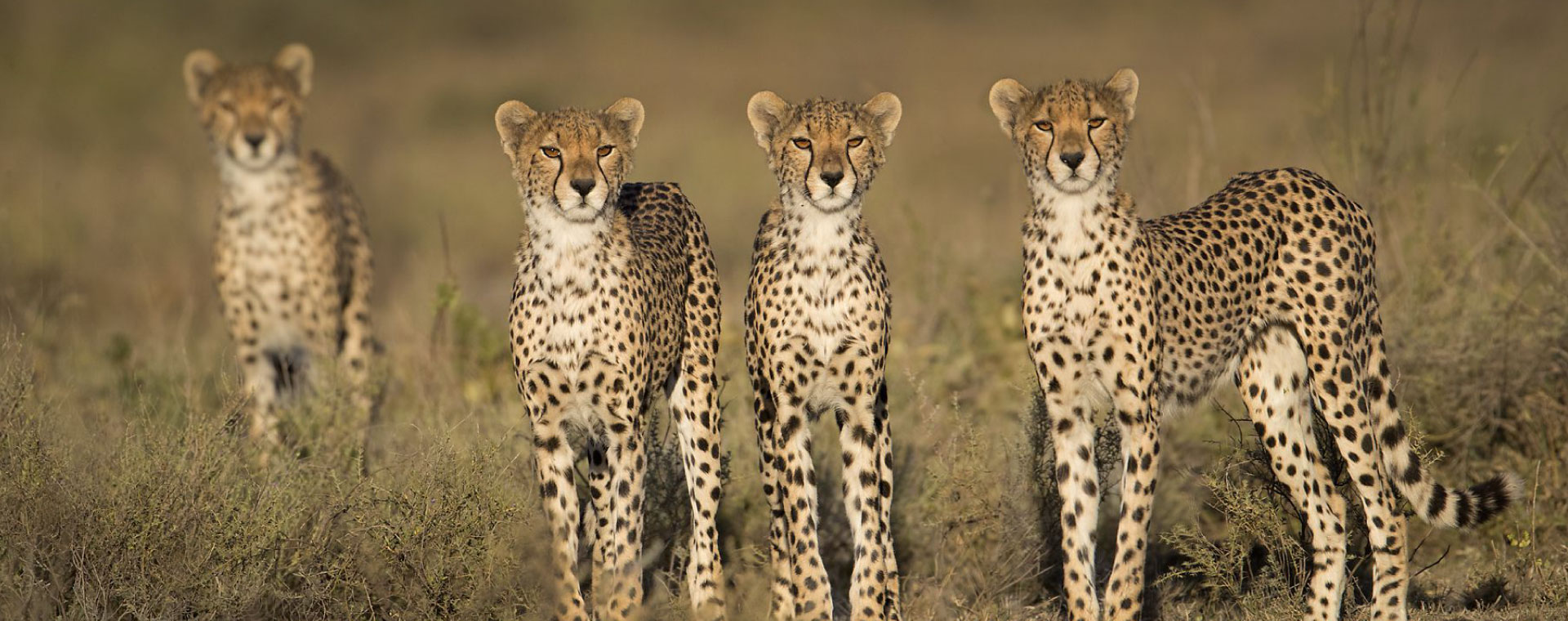 Video Button
Video Button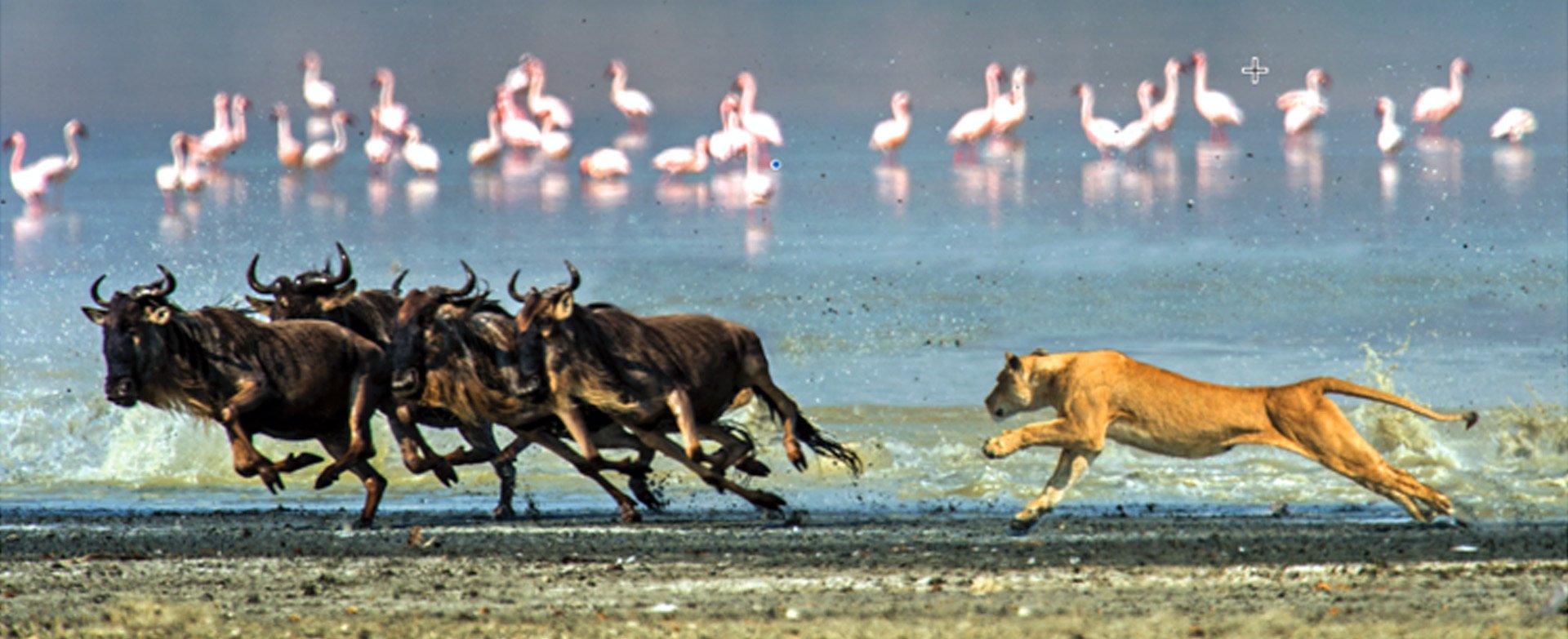 Video Button
Video Button Video Button
Video Button